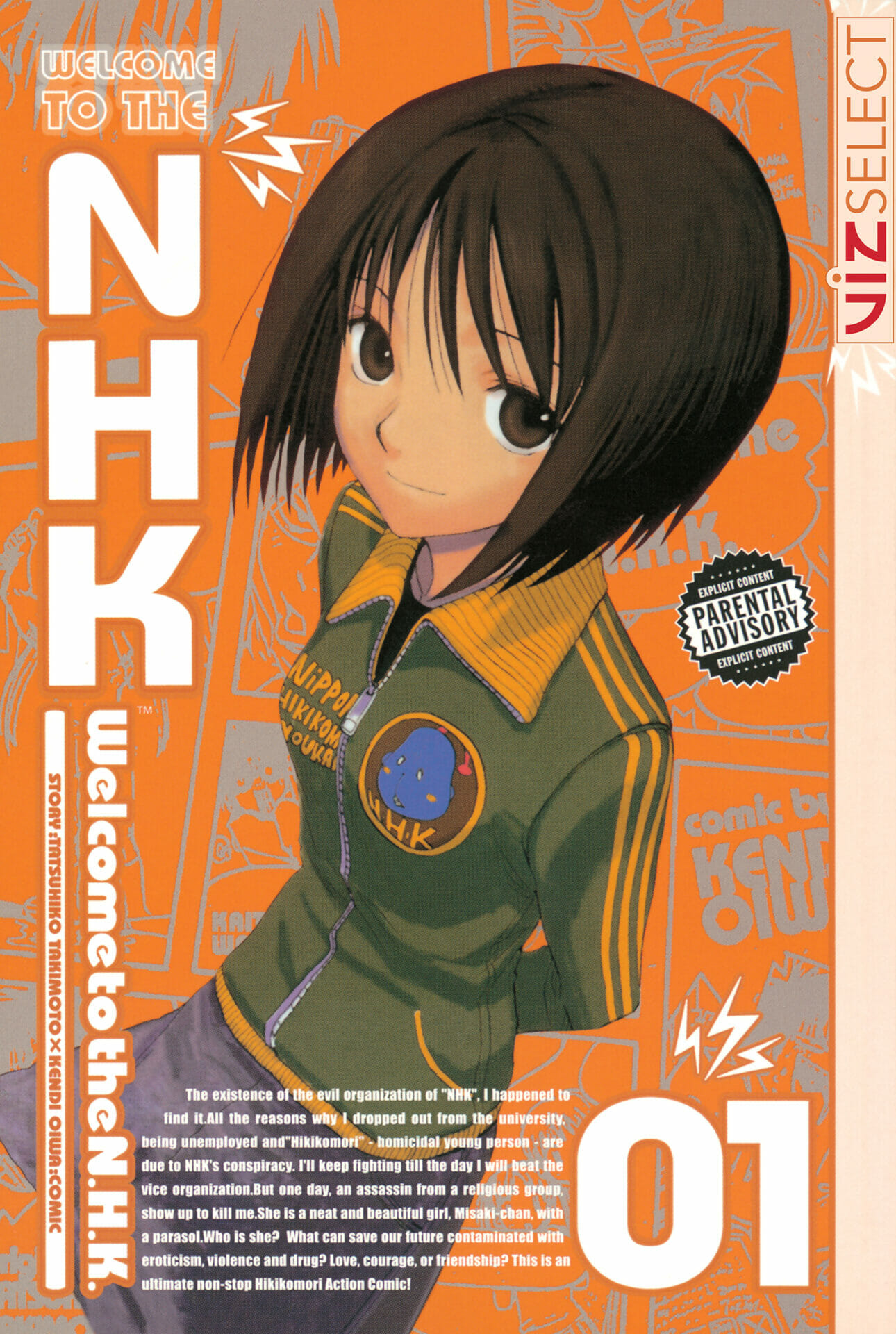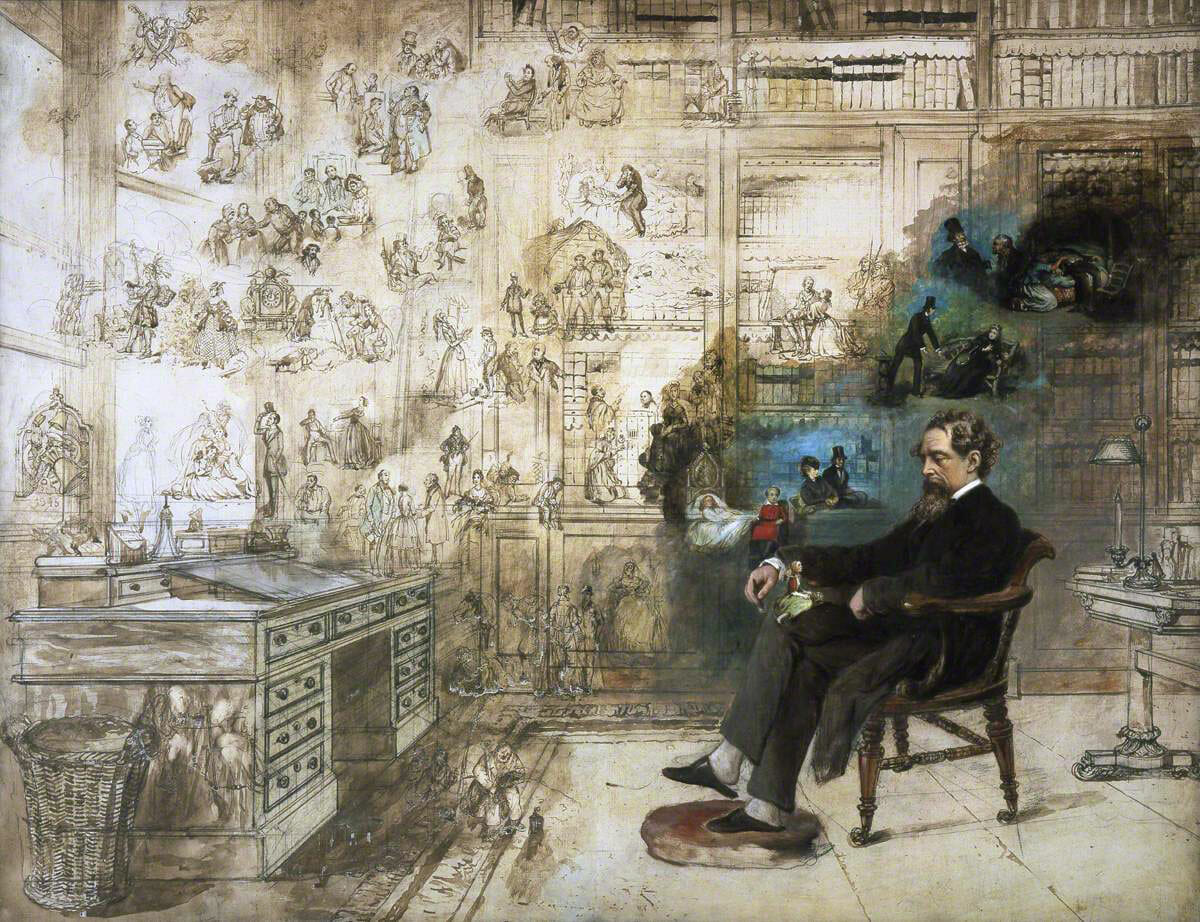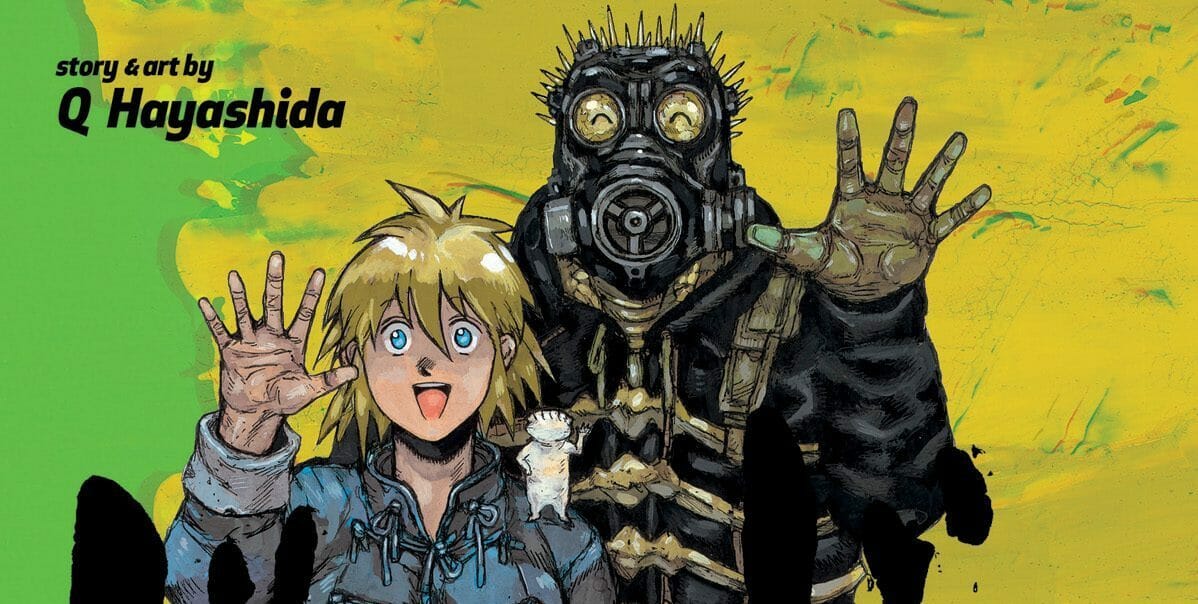
Welcome to the N.H.K. | Paranoia and Hikikomori
Year
Length
Subgenre
Welcome to the N.H.K. by Takimoto Tatsuhiko tells about the life ruled by the paranoia of Satō Tatsuhiro and his hardship in the Tokyo of the early 2000s. An adaptation of the 2001 novel, the manga is drawn by Oiwa Kenji and published by Shounen Ace.
The main characters deal with social issues, from being antisocial to living in near-total isolation. Satō is a hikikomori, a person who escaped social life. He lives locked in a little rented apartment, paranoia gnawing at his mind. His neighbor, Yamazaki Kaoru, is an otaku. Running from self-hatred, he finds refuge in the fictional worlds of video games and comic books. Finally, Nakahara Misaki is a girl trying to help Satō to deal with social life. But she constantly lies and hides events of her life and she too tends to isolate from others.

Running from the outside
The problem of hikikomori is a strongly-felt one in Japan, where strong expectations from society can drive the most fragile people to isolation or worse. The characters of Welcome to the N.H.K. make constant excuses not to engage with the world.
Satō puts unrealistic and unobtainable goals that, once he inevitably fails, bring him further down into the hole of self-hatred. Additionally, he cements this mechanism with women. He craves intimacy while he is completely terrified by it.
Even when occasions arise, Satō is unable to make contact and runs away. He is scared of not being good enough or simply afraid to feel happy.
Yamazaki, on the other hand, hates his situation and loves it at the same time. In his little room he’s the king, he doesn’t need to face hardships or actually change. He’s trapped in a cycle of trying to get out and purposely failing to retreat again in the safety of his nest. Moreover he often resorts to drugs to try and escape from his own mind.
Depiction of paranoia in Welcome to the N.H.K.
Initiated by his friend Yamazaki, Satō quickly becomes obsessed with otaku culture, mainly cute anime and erotic videogames. It’s the perfect escape from the real world. He spends hours playing video games and obsesses over frail, needy girls he can feel superior to. He even tries to follow middle school girls for a short period.

This dream world is represented through a cute drawing style, warm lighting and round strokes, with templates close to the average slice-of-life manga. In contrast, during panic attacks and depression, dark panels, harsh lines and sketched figures replace this smooth style. Thus, the readers perceive Satō’s fear and insecurity, almost feeling themselves the paranoia of Welcome to the N.H.K. through uncomfortable images.
Self-hatred through the media
Similar to Bong Joon-ho‘s Parasite, Welcome to the N.H.K. explores society and its outcasts in a highly developed Asian country like Japan. Often mentioned and parodied in the comic is Anno Hideaki‘s Neon Genesis Evangelion, one of the most known Japanese products of the 90s. Protagonists from both mangas deal with self-hatred and fear of life and have issues dealing with women. Moreover, they’re both vehicles to the author’s inner struggles. In Welcome to the N.H.K., Takimoto mixes dream-like and paranoia-induced sequences with shifts from calm atmospheres to more upsetting ones. Addressing the characters’ weaknesses with a personal touch, the author pushes the readers to think about their own position in society.
Tag
Buy a ☕ for Hypercritic









